Home>Technology>Smart Home Devices>How Do You Fix Printer Smearing
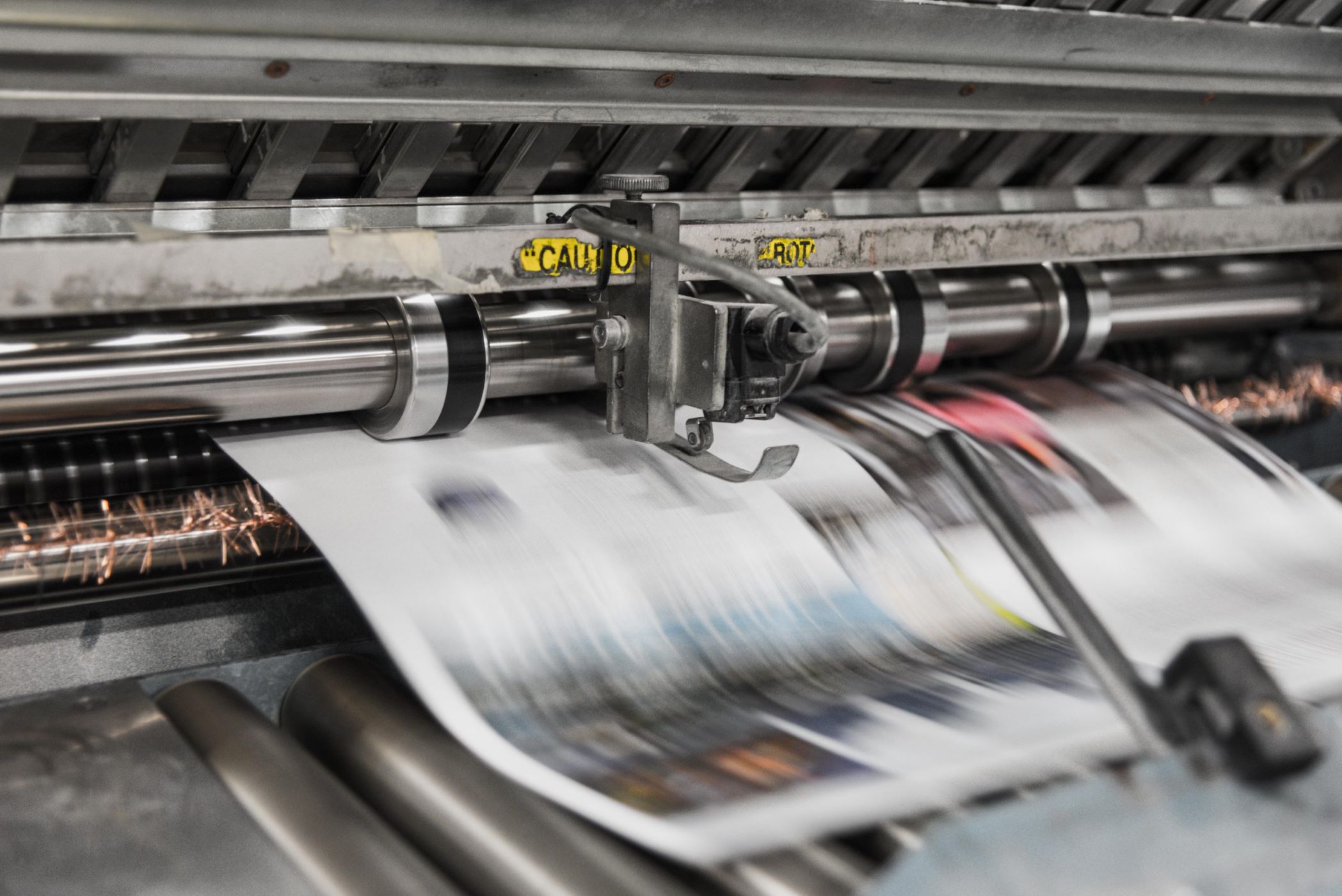

Smart Home Devices
How Do You Fix Printer Smearing
Modified: March 26, 2024
Learn how to fix printer smearing and improve the quality of your prints with our smart home devices. Find solutions and troubleshooting tips for smudged prints.
(Many of the links in this article redirect to a specific reviewed product. Your purchase of these products through affiliate links helps to generate commission for Storables.com, at no extra cost. Learn more)
Introduction
Printers are essential devices in both home and office settings, providing the convenience of generating hard copies of digital documents. However, encountering printer smearing can be frustrating and disruptive to your printing tasks. When ink or toner smears across your printed pages, it can diminish the quality of your documents and affect the overall professionalism of your work.
Understanding the root causes of printer smearing and the available solutions is crucial for maintaining the optimal performance of your printer and ensuring the production of high-quality prints. In this comprehensive guide, we will delve into the various factors that contribute to printer smearing and explore effective strategies for resolving this common issue. Whether you are dealing with smudged text, streaks, or blurred images, this article will equip you with the knowledge to address printer smearing and restore the pristine quality of your printed materials.
Key Takeaways:
- Printer smearing can be caused by low-quality paper, excessive ink, maintenance issues, incorrect paper settings, environmental factors, and worn components. Addressing these factors can help prevent smudging and ensure high-quality prints.
- To fix printer smearing, use high-quality paper, adjust ink settings, perform regular maintenance, verify paper settings, control environmental conditions, and replace worn components. These steps can help eliminate smearing and improve print quality.
Read more: How Do You Clean A Printer
Causes of Printer Smearing
Printer smearing can stem from a variety of factors, ranging from hardware malfunctions to environmental conditions. By identifying the specific causes of smearing, you can implement targeted solutions to rectify the issue and prevent future occurrences. Here are some common culprits behind printer smearing:
- Low-Quality Paper: The type and quality of paper used in the printer can significantly impact print results. Inferior or incompatible paper may fail to absorb ink or toner effectively, leading to smearing and smudging.
- Excessive Ink or Toner: Over-saturation of ink or toner on the paper can result in smearing as the excess material fails to properly adhere to the surface, causing it to spread and smudge during the printing process.
- Printer Maintenance Issues: Neglected maintenance, such as a dirty print head or clogged nozzles, can lead to uneven ink distribution and subsequent smearing on printed pages.
- Incorrect Paper Settings: Using paper settings that do not align with the actual paper type being used can lead to improper ink or toner application, resulting in smearing and print quality issues.
- Environmental Factors: Humidity, temperature, and exposure to direct sunlight can impact the drying process of ink or toner, potentially causing smearing as the printed material fails to set properly.
- Worn or Defective Printer Components: Aging or faulty printer components, such as the fuser assembly or imaging drum, can contribute to smearing by failing to apply ink or toner evenly onto the paper surface.
By recognizing these potential causes of printer smearing, you can take proactive measures to address each factor and optimize the printing process for superior output.
To fix printer smearing, try cleaning the print heads and rollers with a lint-free cloth and alcohol. Also, check for any damaged or worn out parts that may need replacing.
Solutions for Printer Smearing
Resolving printer smearing issues requires a systematic approach that addresses the specific causes identified. By implementing the following solutions, you can effectively mitigate smearing and restore the quality of your printed materials:
- Use High-Quality Paper: Opt for premium, compatible paper that is designed to absorb ink or toner effectively, reducing the likelihood of smearing and smudging during the printing process.
- Adjust Ink or Toner Settings: Modify the printer settings to regulate the amount of ink or toner applied to the paper, preventing over-saturation and minimizing the risk of smearing.
- Perform Regular Printer Maintenance: Routinely clean the print head, unclog nozzles, and address any mechanical issues to ensure consistent and precise ink or toner distribution, reducing the potential for smearing.
- Verify Paper Settings: Confirm that the printer’s paper settings align with the actual paper type being used, enabling the printer to apply ink or toner optimally and minimize smearing.
- Control Environmental Conditions: Maintain an optimal printing environment by regulating humidity and temperature levels, as well as avoiding direct exposure to sunlight, to facilitate proper drying of ink or toner and prevent smearing.
- Replace Worn Components: If worn or defective printer components are identified as the cause of smearing, consider replacing the affected parts, such as the fuser assembly or imaging drum, to restore consistent print quality.
By implementing these targeted solutions, you can effectively address printer smearing and enhance the overall performance of your printer, ensuring the production of crisp, professional-quality prints.
Conclusion
Printer smearing can be a frustrating obstacle to achieving high-quality print results, but with a thorough understanding of the underlying causes and effective solutions, you can overcome this common issue and optimize your printing experience. By addressing factors such as paper quality, ink or toner settings, printer maintenance, environmental conditions, and hardware integrity, you can proactively mitigate smearing and ensure the consistent production of clear, smudge-free prints.
It is important to approach printer maintenance as a regular practice to prevent smearing and other print quality issues. By incorporating proper maintenance routines and utilizing high-quality paper, you can significantly reduce the likelihood of encountering smearing during your printing tasks. Additionally, staying mindful of environmental factors and ensuring that printer settings are accurately configured for the paper being used can further contribute to minimizing smearing and enhancing print output.
Ultimately, by taking a proactive and systematic approach to address printer smearing, you can maintain the optimal performance of your printer and enjoy the reliable production of professional-grade prints. With the insights and solutions provided in this guide, you are equipped to effectively troubleshoot and resolve printer smearing, empowering you to consistently achieve exceptional print quality for your documents and projects.
By implementing these strategies, you can elevate the efficiency and reliability of your printing processes, ensuring that smearing becomes a rare occurrence rather than a persistent frustration. With a clear understanding of the causes and solutions for printer smearing, you are well-prepared to conquer this issue and unlock the full potential of your printer for producing pristine, smudge-free prints.
Frequently Asked Questions about How Do You Fix Printer Smearing
Was this page helpful?
At Storables.com, we guarantee accurate and reliable information. Our content, validated by Expert Board Contributors, is crafted following stringent Editorial Policies. We're committed to providing you with well-researched, expert-backed insights for all your informational needs.
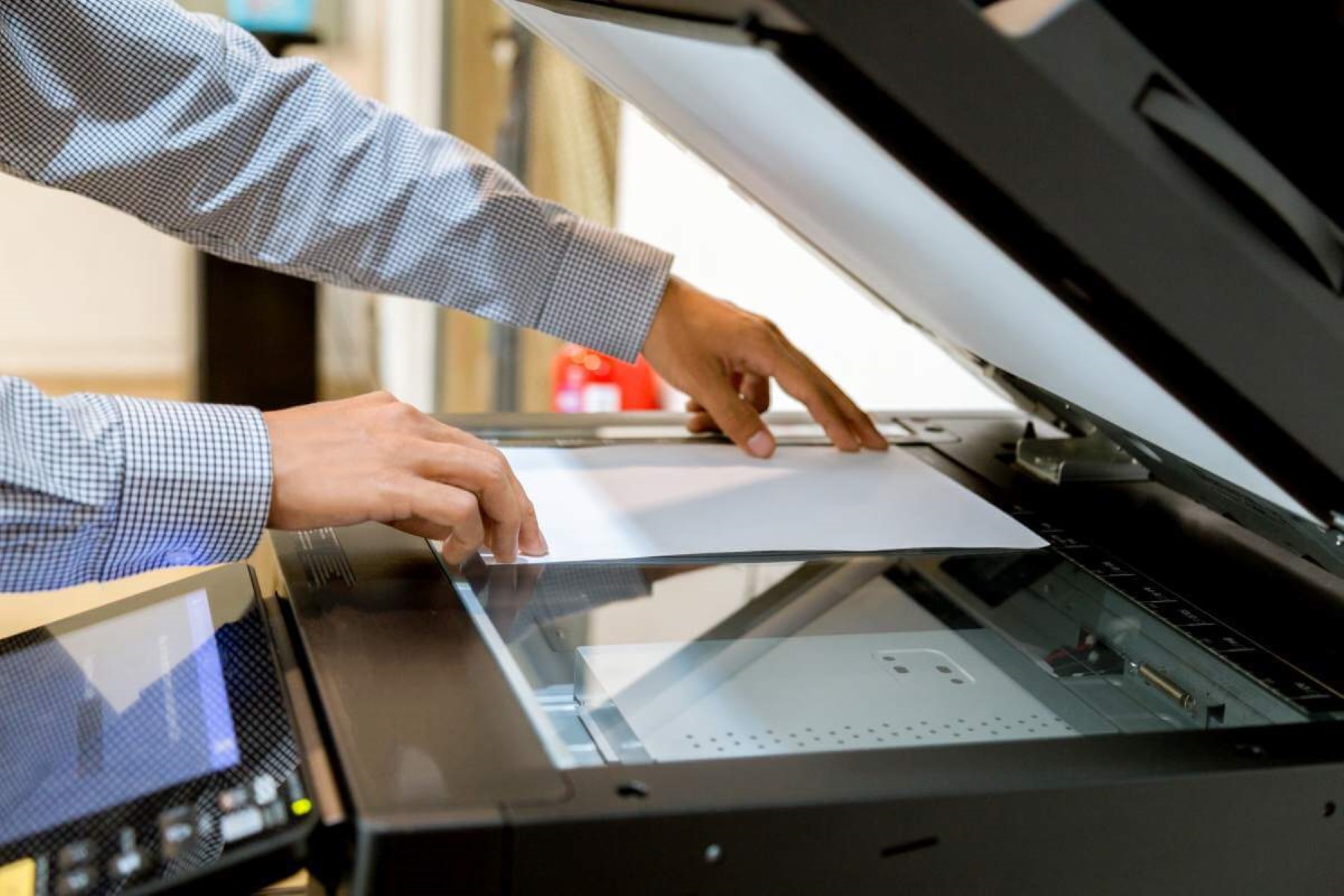
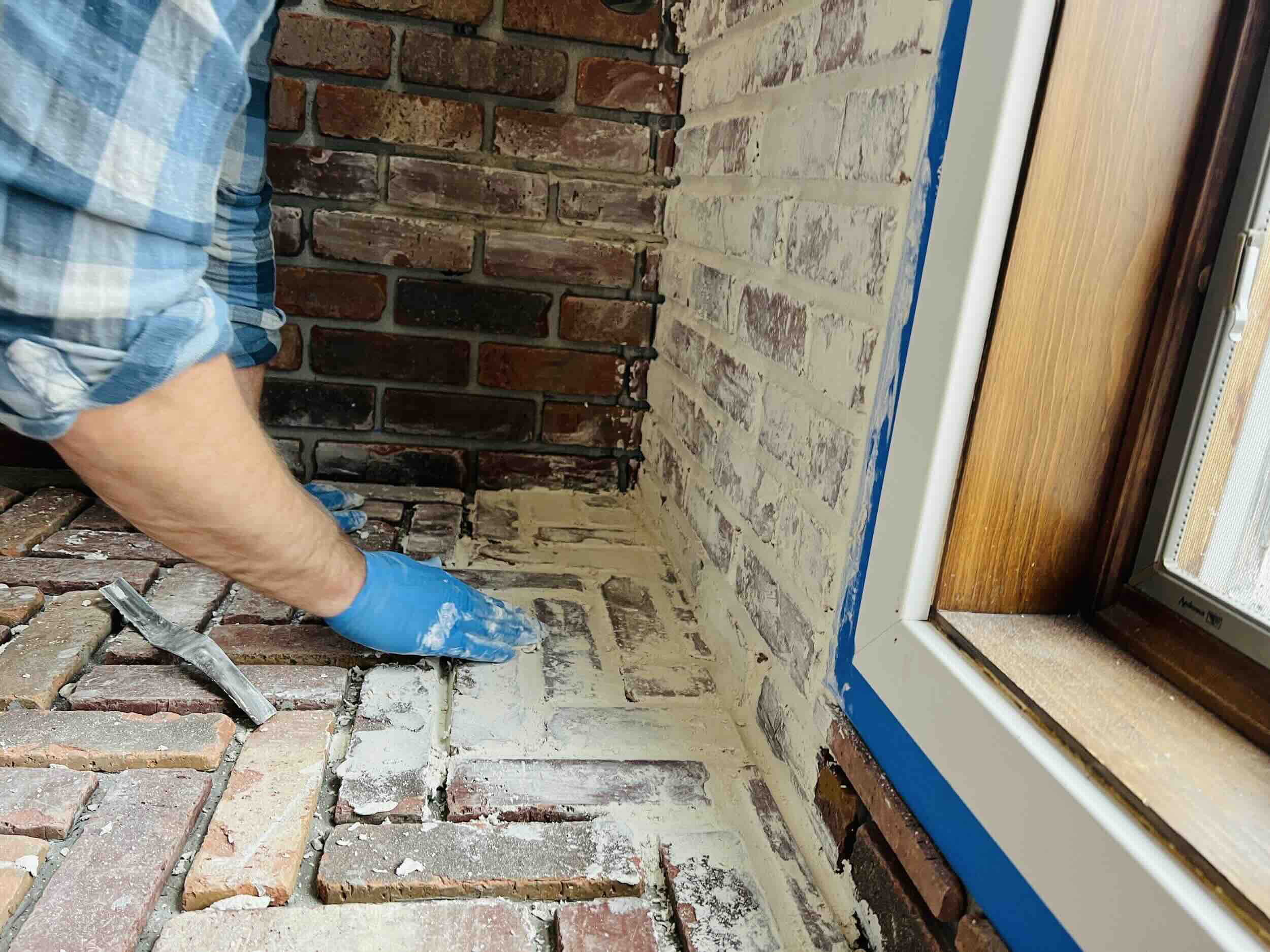
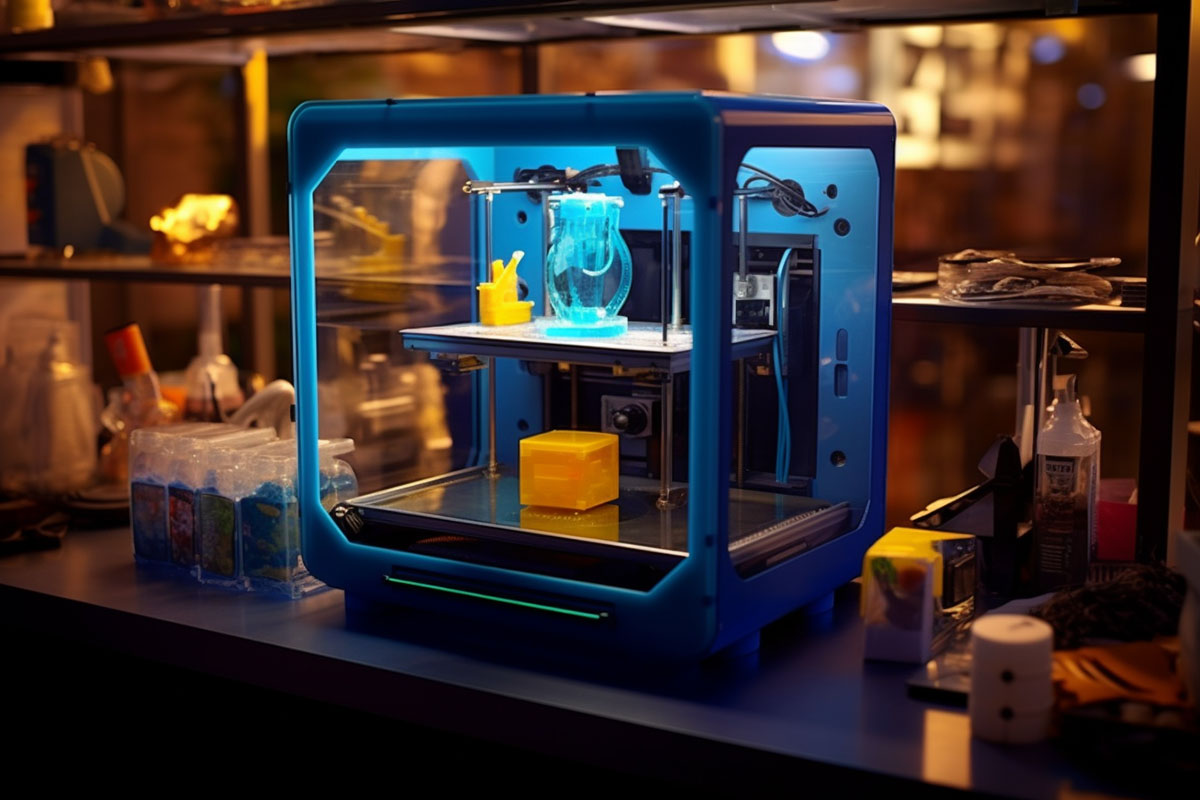
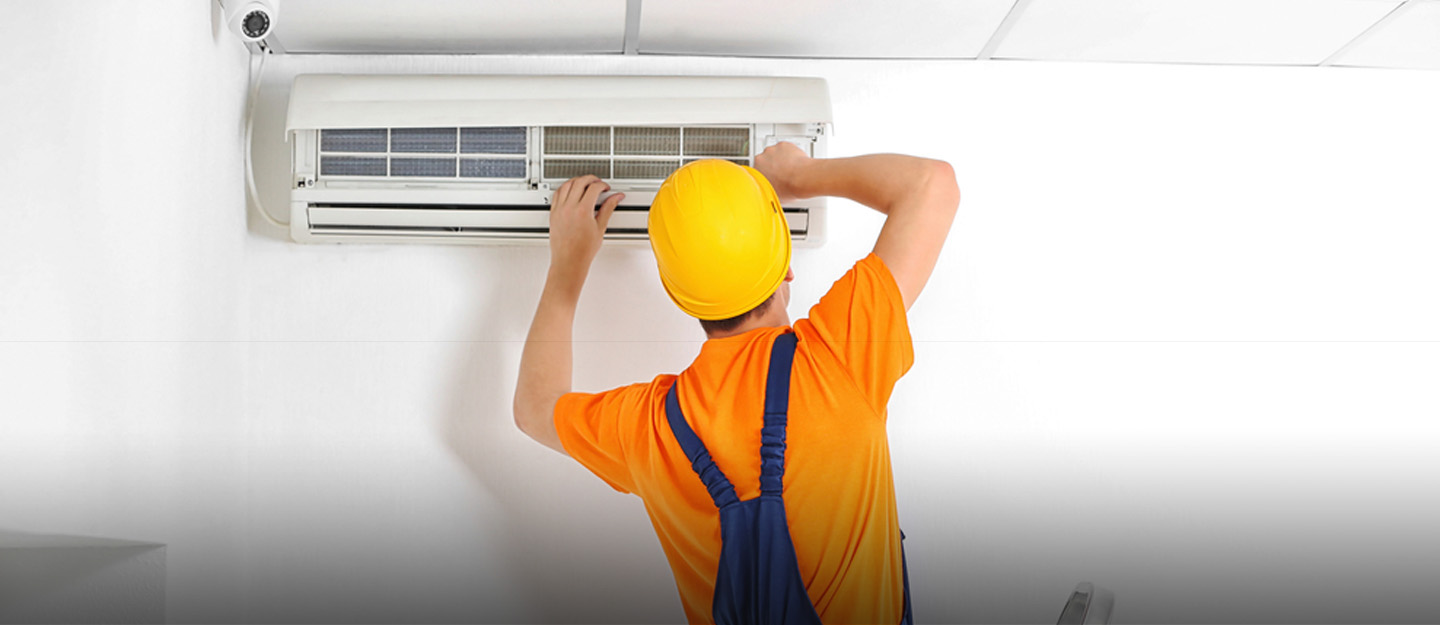
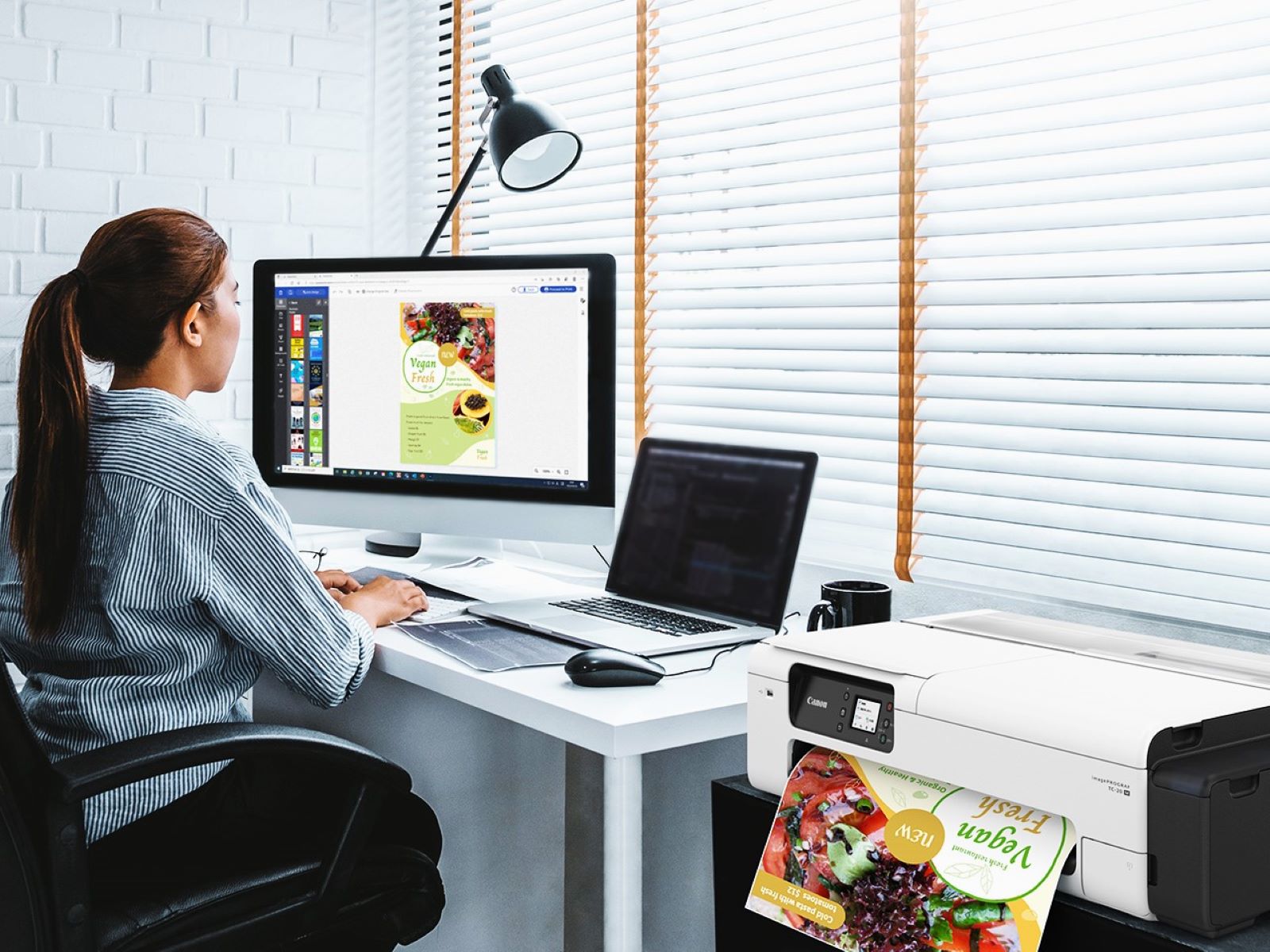
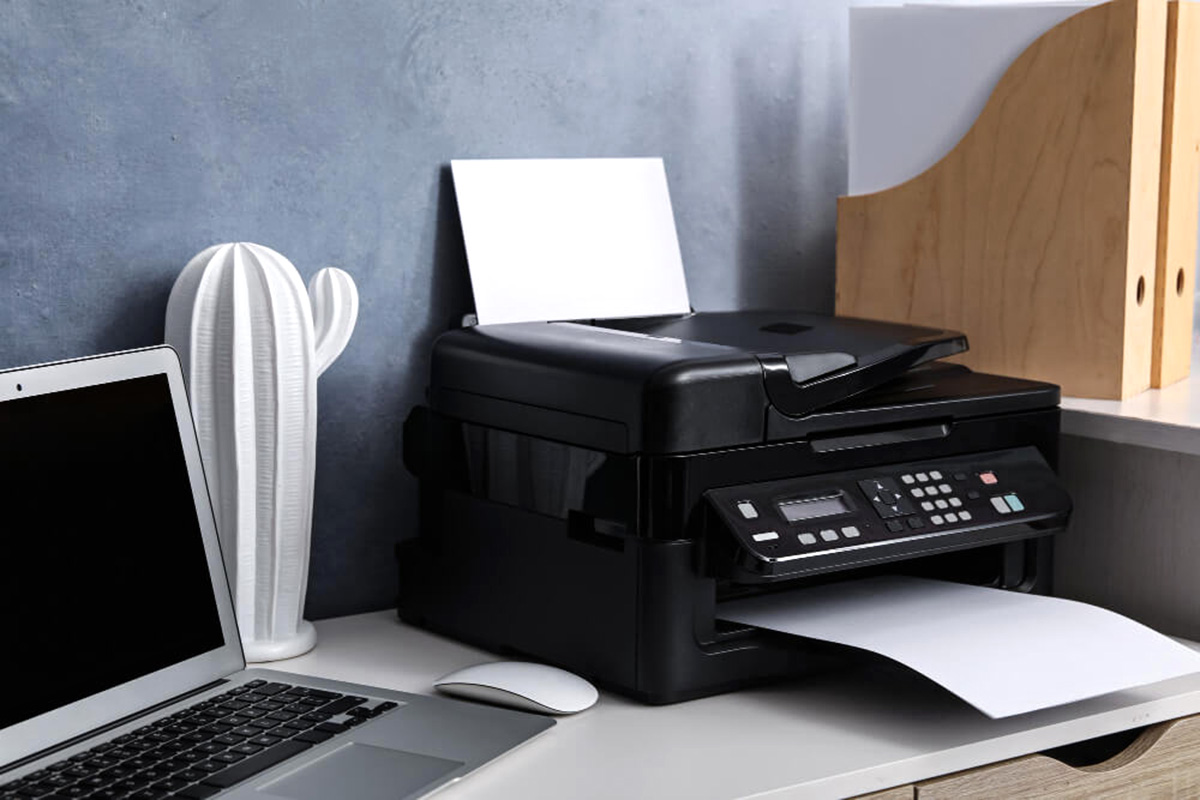
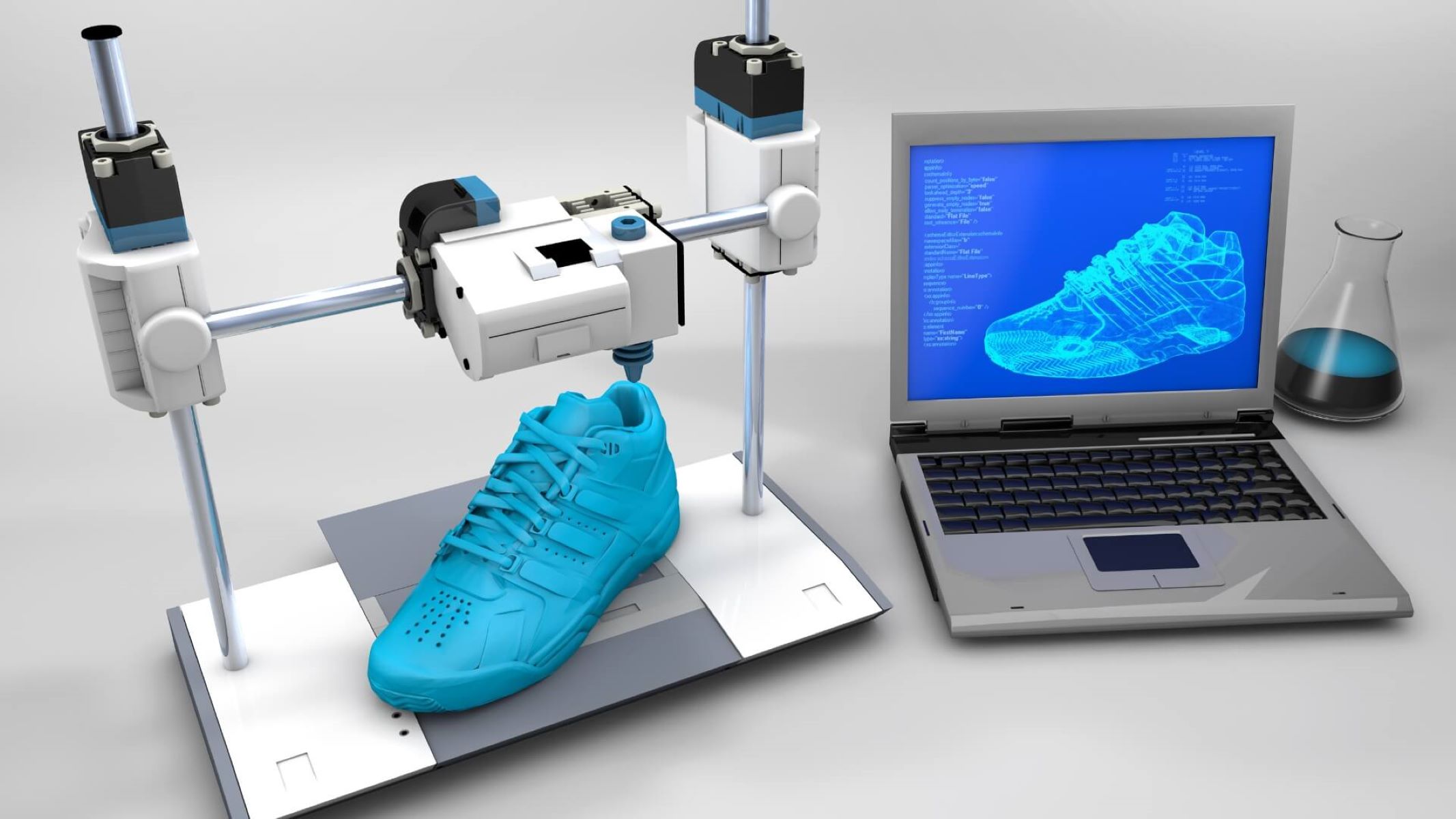
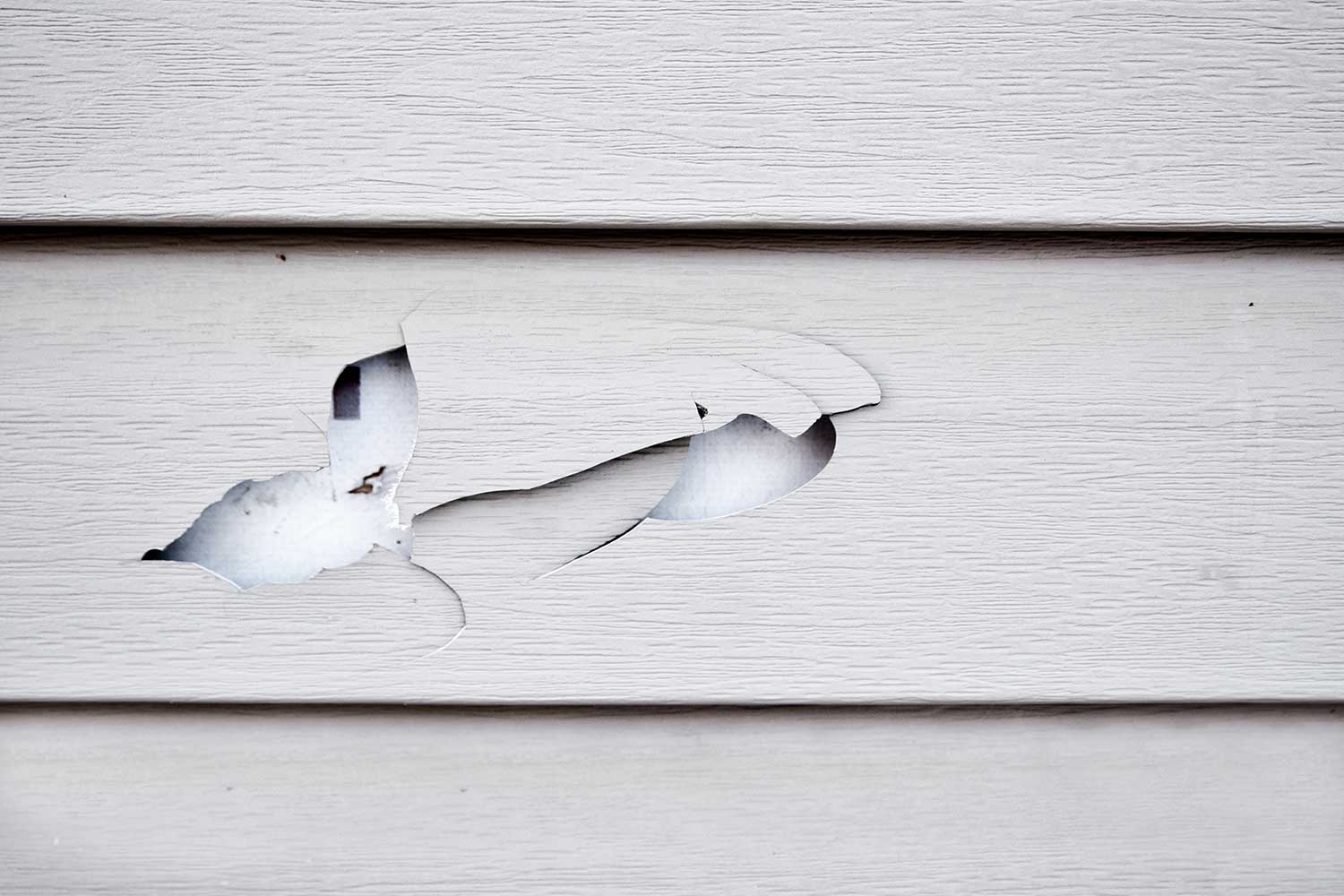
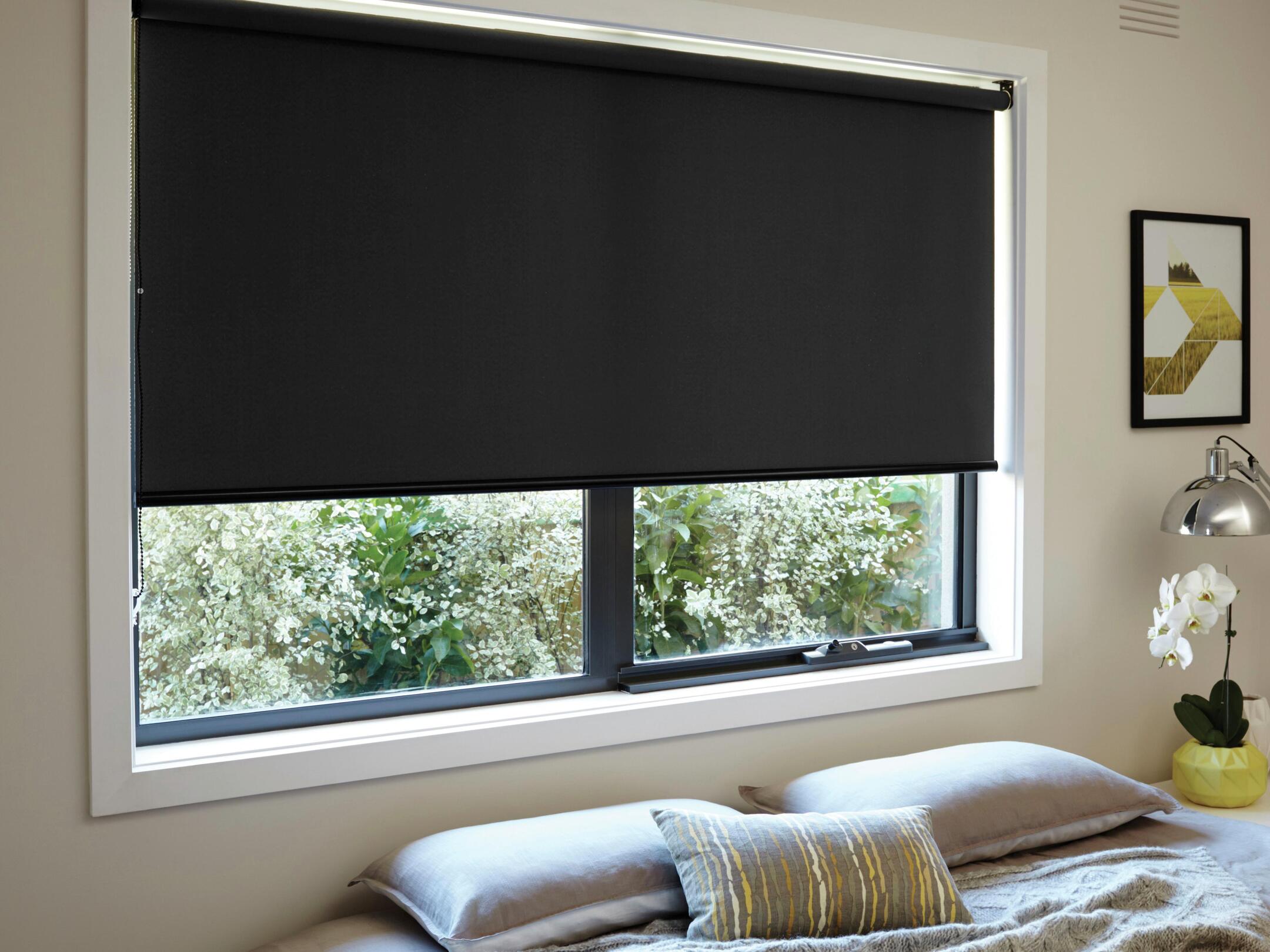
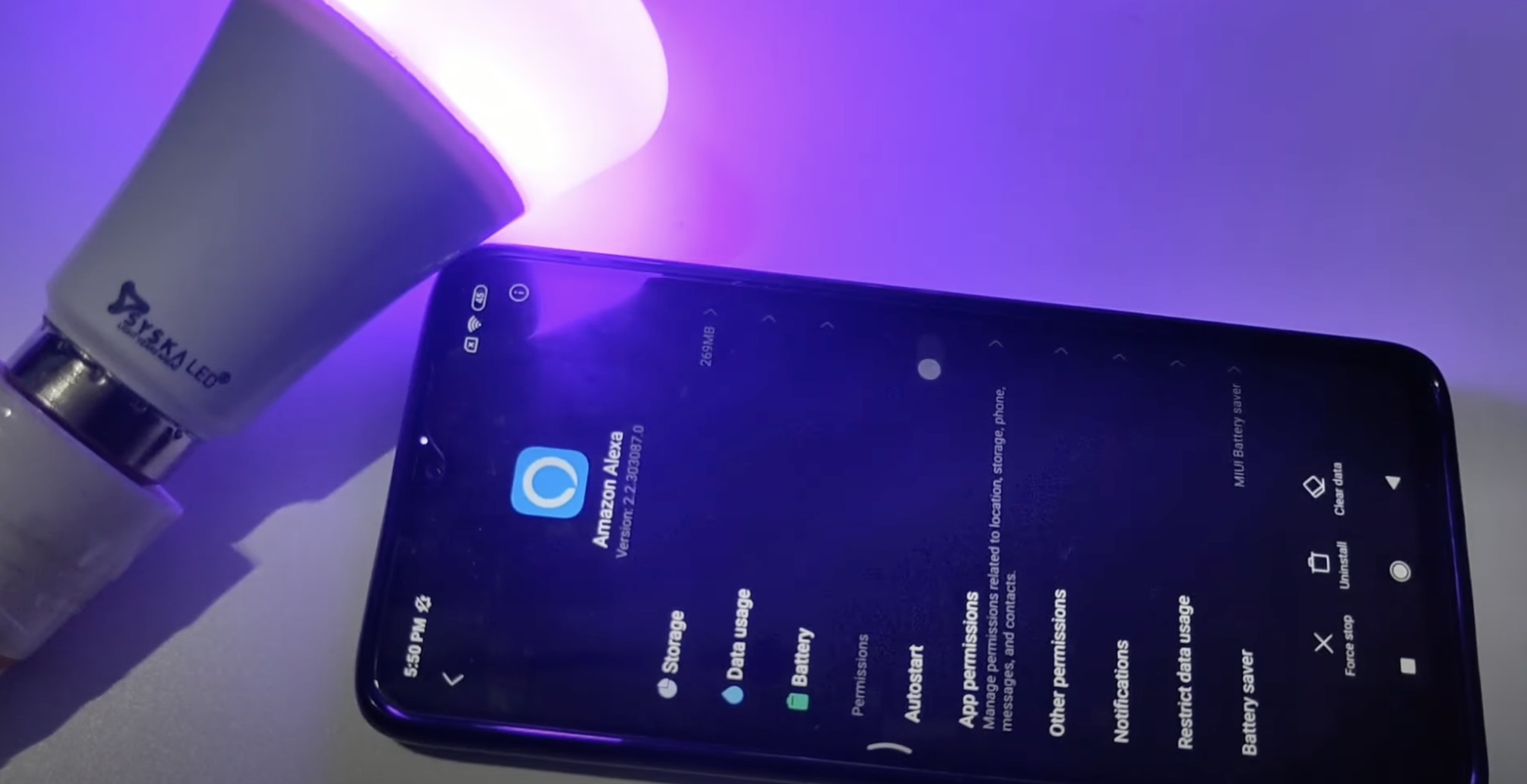
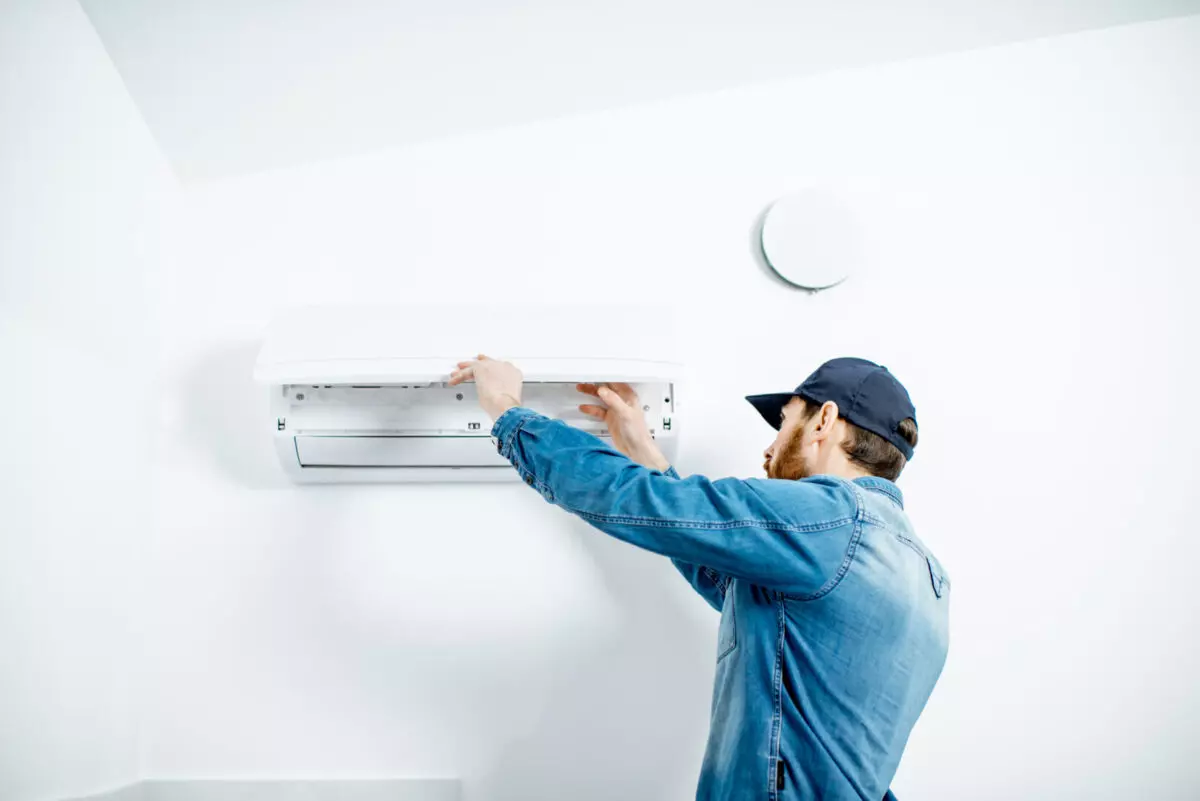
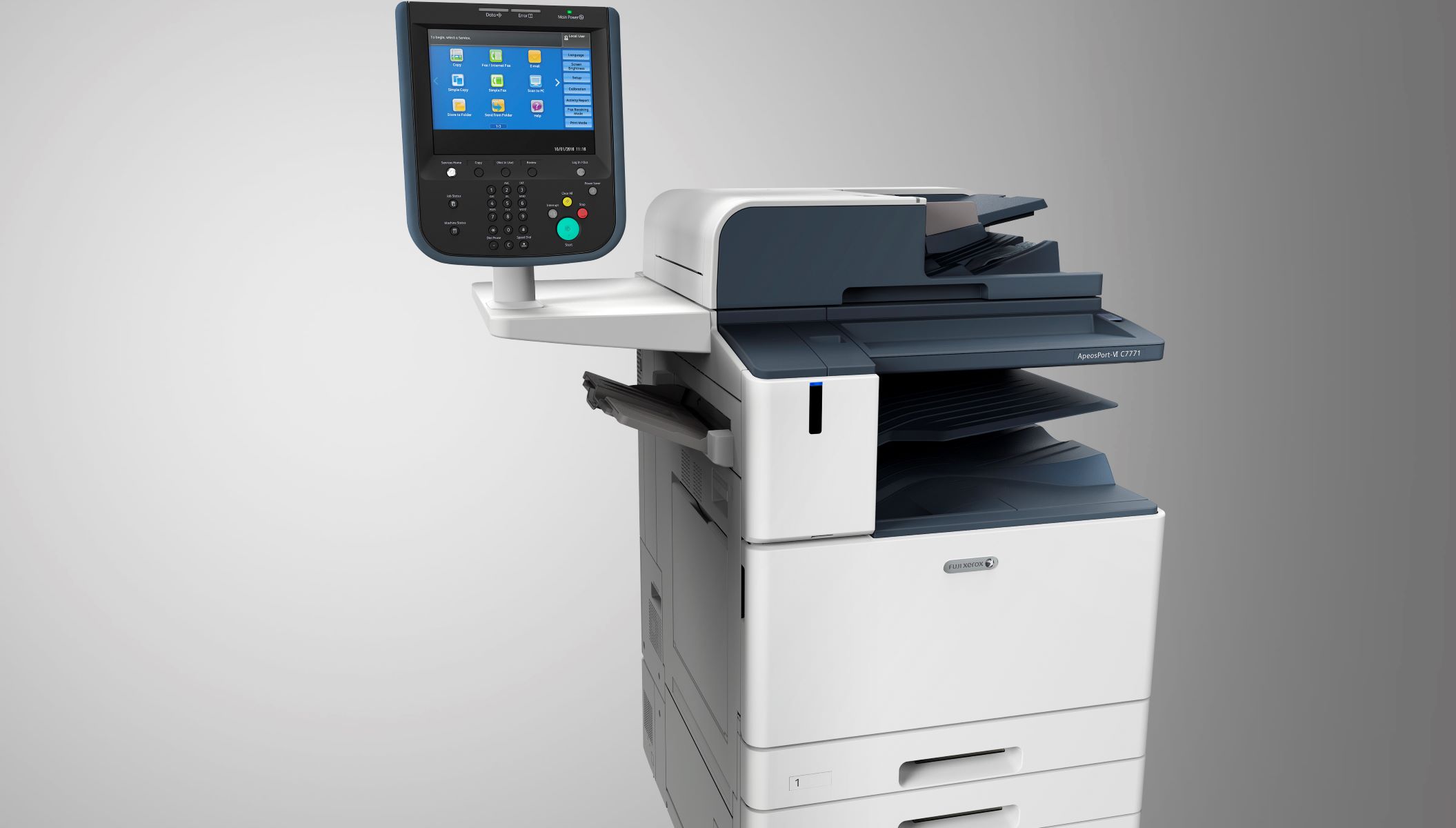
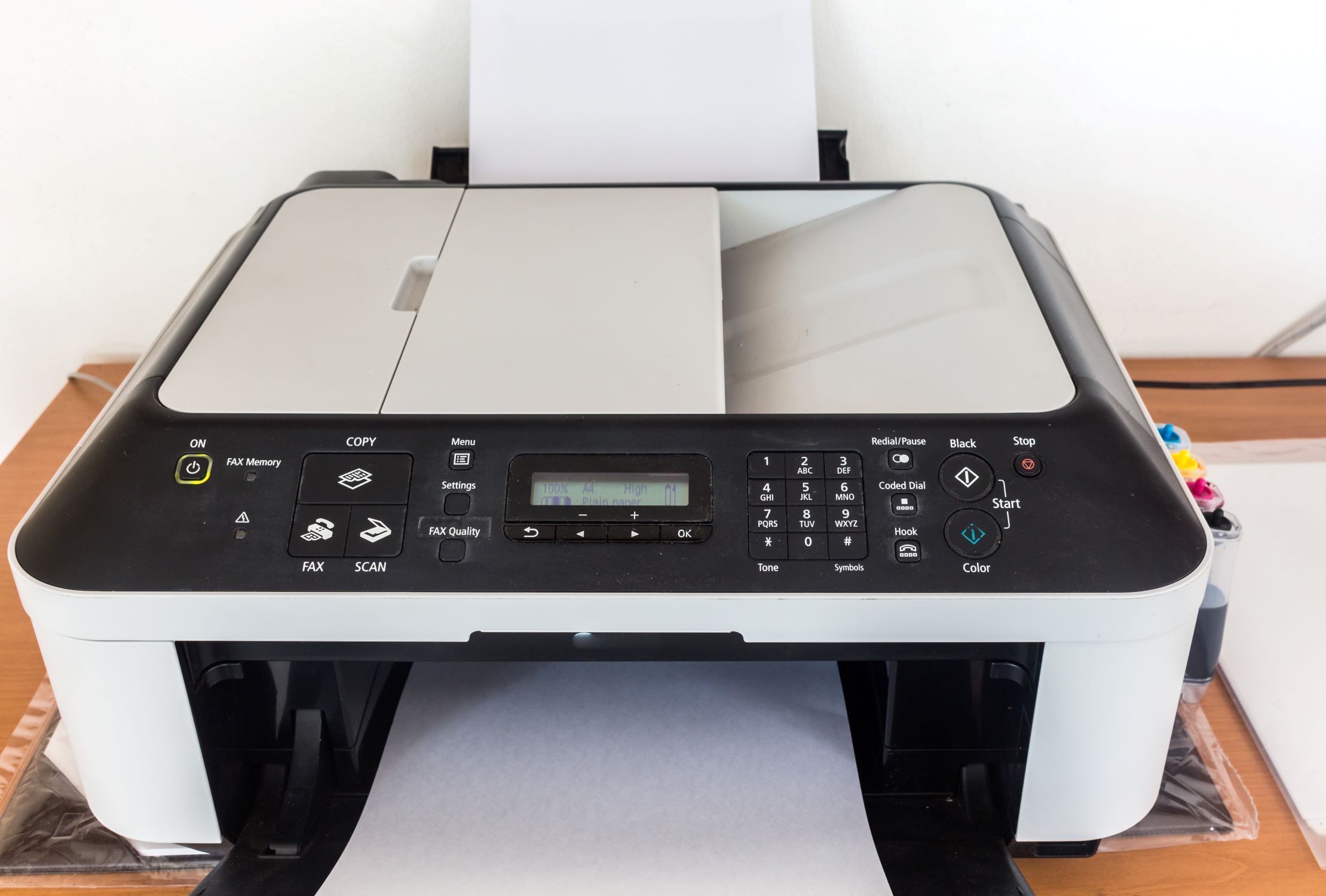
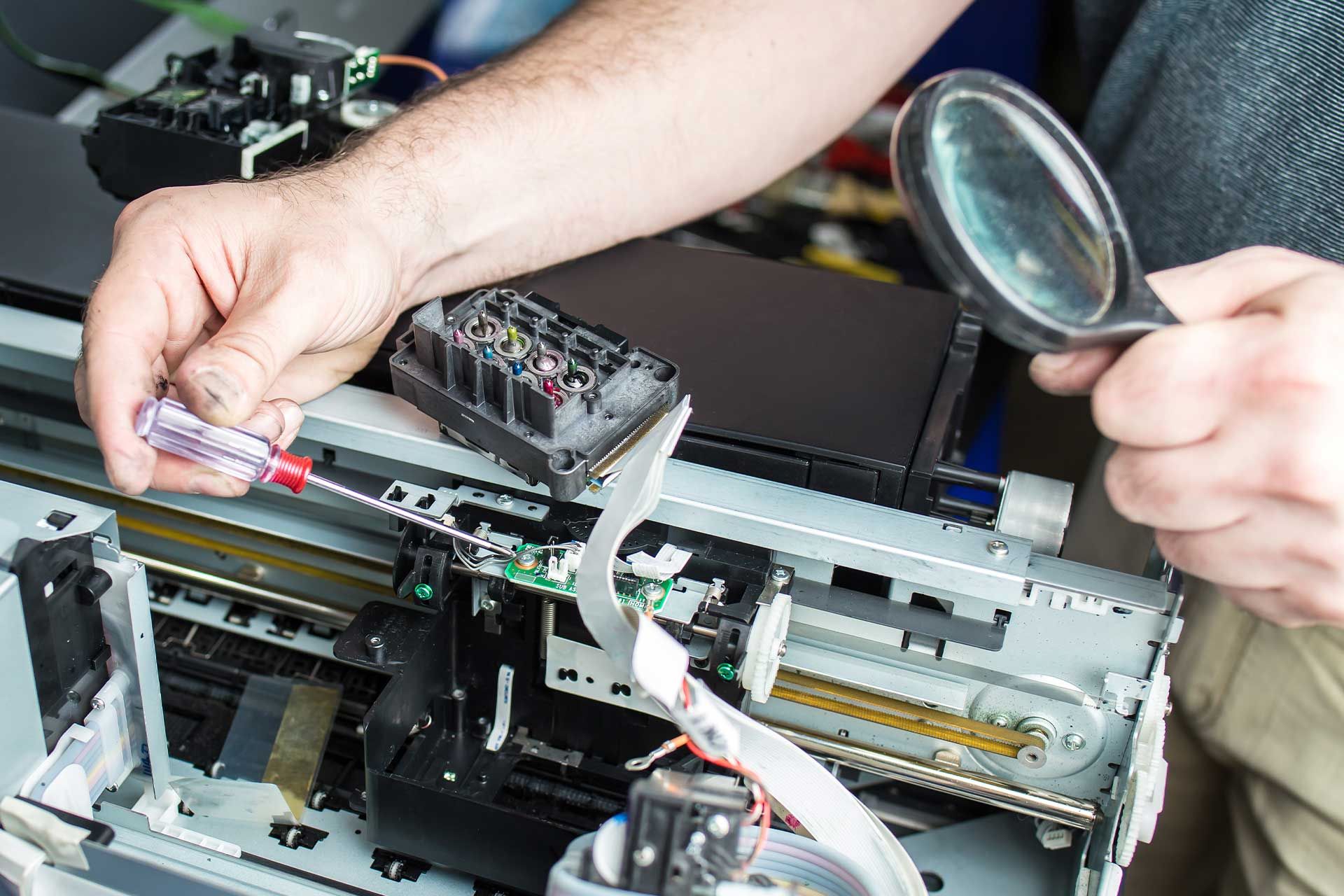


0 thoughts on “How Do You Fix Printer Smearing”